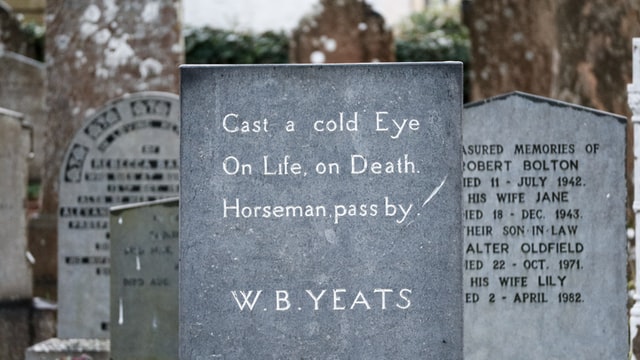
Your Pennsauken Township, NJ, funeral home director may have more experience writing an obituary. But no one is better suited to penning your loved one’s obituary than you. Because as much as it’s a public notice of death, it’s also a personal tribute.
Below, we explain how to turn your personal knowledge of your loved one into a professionally written obituary.
Collect the facts
Before putting the first words on paper, collect the specific details that must be in the obituary. These are name, age, place of birth, date, and place of death. Some include the cause of death, but this is up to you.
Aside from these contextualizing details, you can include other facts that celebrate the deceased’s life. This can be their career, marriage history, and accomplishments.
Gathering these facts prevents you from skipping critical details about the departed. It also allows your thoughts to flow as you weave the facts into an emotional story about the deceased’s life.
Announce the death
The first sentence or paragraph of an obituary announces the death. It sets the context, tone, and style for the reader and contains basic information about who has passed.
In its simplest form, it can read like this: “On Tuesday, November 22, 2022, Jane Doe, loving wife, mother of two, beloved sister, and friend, passed away at 75.”
This is a plain expression of the facts, but the exact wording is up to you as long as it contains the necessary identifying details about the deceased person.
Create a biographical and personality sketch of the deceased
Here is where your knowledge of the deceased person comes to the fore. In a few paragraphs, the job here is to paint a word picture of what your loved one was like.
It can be a singular story that captures their essence or a series of anecdotes combined into an emotional narrative. This section is also where you can use other biographical facts like career, marriage history, and achievements to tell your loved one’s story.
This section can be as long as you need. But if you’re publishing in a newspaper that charges per word, be as detailed as you can afford.
List the surviving family
 Part of a well-written obituary includes a paragraph about the surviving family. These are usually for family members not mentioned in the previous section.
Part of a well-written obituary includes a paragraph about the surviving family. These are usually for family members not mentioned in the previous section.
This part of the obituary also benefits from gathering the facts before writing. In the midst of grief, you may be too overwhelmed to remember important relatives.
You can work this in with a straightforward format like, “Alongside her husband and children, Jane is survived by her sisters, Mary and Jessica, three nephews, and two nieces.”
But you don’t have to use this cliched expression. As with everything else, the exact wording is up to you.
Share funeral details
To wrap up the obituary, write a paragraph sharing the relevant funeral details, i.e., date, venue, and time. Other information, like where to send donations, flower preferences, and dress code, can also be included in this section.
And with that, you’ve successfully written your loved one’s obituary. Share the completed draft with family members for accuracy. You can also share with friends if you want a critical eye to review the document before you publish.
Got additional questions on writing an obituary? Or need a funeral home in Pennsauken Township, NJ, to help with other parts of the funeral arrangement? We’re available 24/7 for you. Call us now to get the answers and assistance you need to give your loved one a beautiful send-off.


 Our Locations
Our Locations